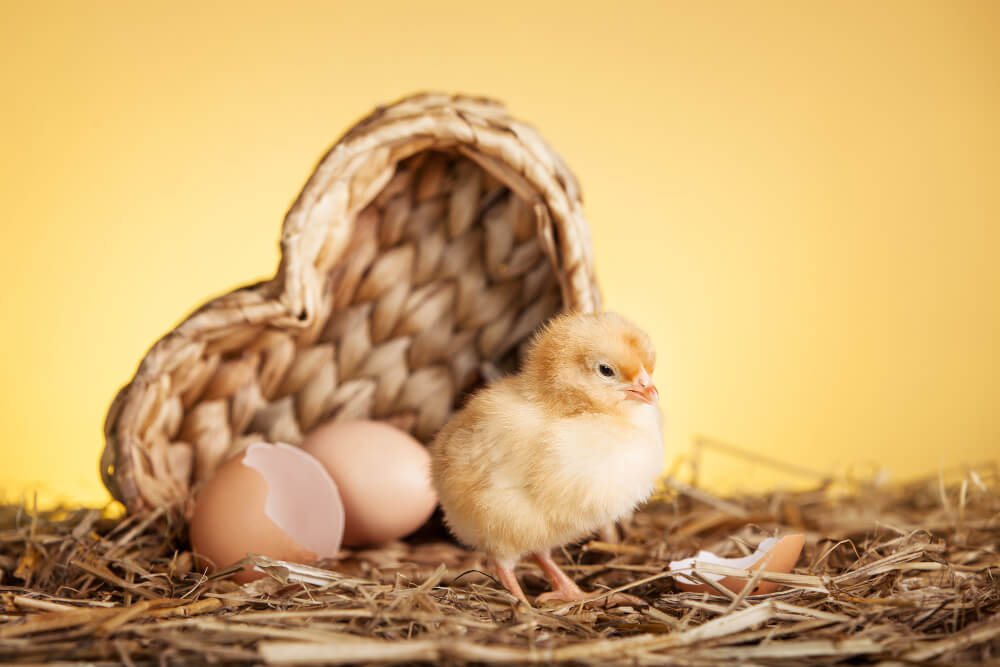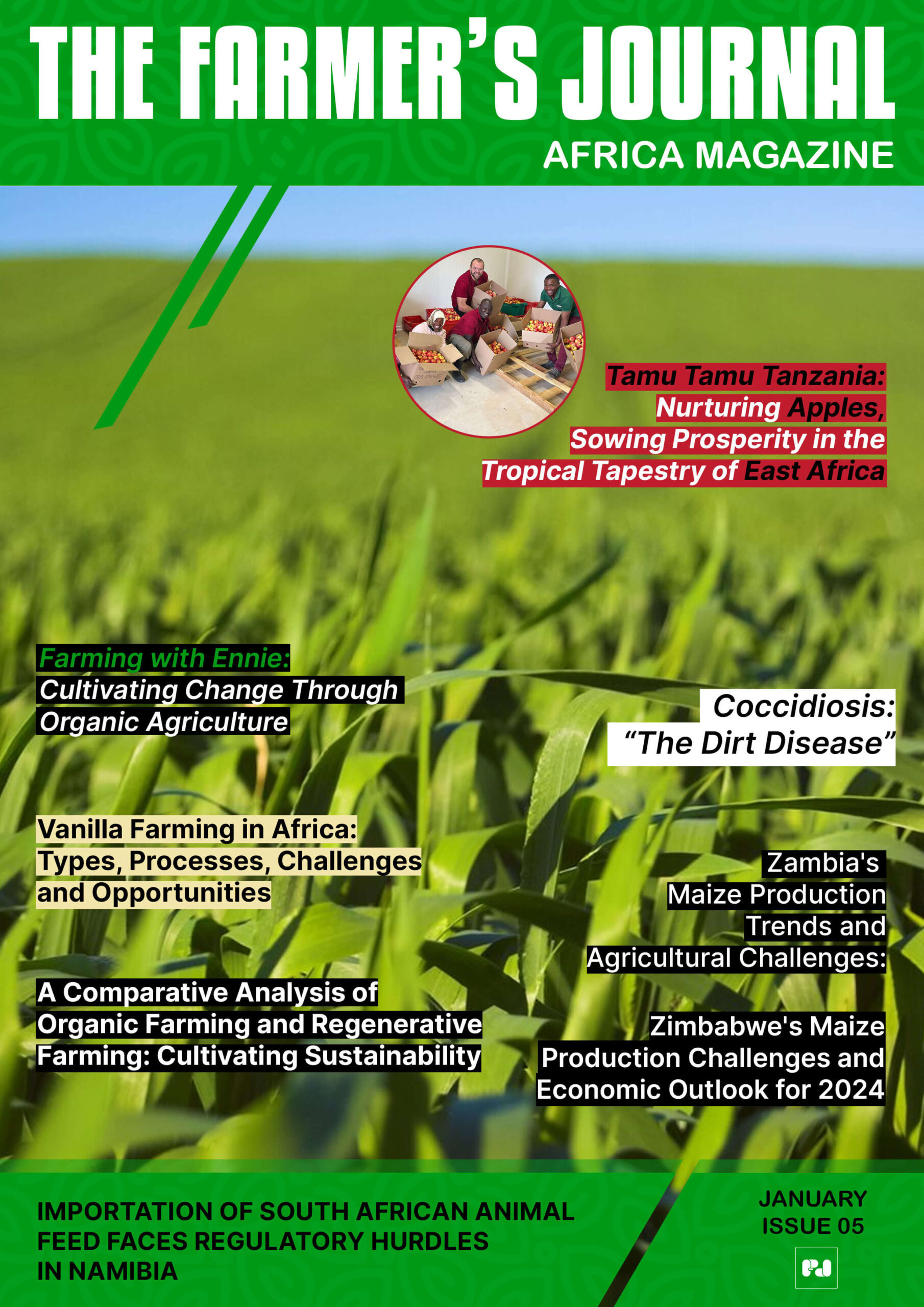
With Mwanapiye prices climbing, farmers face hard choices—and consumers could soon feel the pinch.
The humble day-old chick, locally known in Malawi as Mwanapiye, might seem small. But its rising cost is sending shockwaves through the country’s poultry industry, leaving farmers scrambling and threatening the affordability of chicken and eggs for everyday Malawians.
As of early 2025, the price of a single day-old chick has hit US$2.50, the highest on record. For many poultry farmers, particularly small-scale and rural producers, this seemingly modest increase is proving to be a breaking point.
“A few cents make all the difference when you’re buying hundreds of chicks,” says Josephine Banda, a poultry farmer in Dedza. “Last year, I could afford to restock every cycle. Now, I have to choose between buying chicks or buying feed.”
📈 A Price Jump with Ripple Effects
Just a few years ago, under the administration of former President Arthur Peter Mutharika, the price of Mwanapiye hovered around US$2.22—a rate that, while not cheap, was manageable for many farmers.
Now, at US$2.50 per chick, the economics of poultry farming have changed drastically. It’s not just farmers who are affected—consumers may soon face higher prices for chicken meat and eggs, putting additional strain on household food budgets already stretched by inflation.
“We’re likely to see eggs and broilers cost more in the markets,” explains Dr. Hilda Mkwapatira, an agricultural economist. “For low-income families, this could mean cutting back on basic sources of protein.”
🐥 Why Are Chick Prices Rising?
The current surge in chick prices isn’t an isolated issue. It’s the result of a perfect storm of economic pressures, including:
- Supply chain disruptions following regional trade fluctuations
- Rising poultry feed costs, driven by both global commodity markets and local shortages
- Currency devaluation, making imported inputs more expensive
- Inflationary pressure, affecting transportation and farm equipment
Feed, in particular, remains the single largest cost in poultry operations. With maize and soybean prices on the rise, feeding a flock has never been more expensive.
“It’s like a domino effect,” says Eric Mwale, a poultry supply dealer in Lilongwe. “Feed goes up, chicks go up, and everything else follows.”
🚜 Small-Scale Farmers at the Edge
In Malawi, over 60% of poultry production is driven by smallholders. These are not big commercial enterprises with deep pockets, but local families and entrepreneurs using limited resources to run modest operations.
With rising input costs and no cushioning, many are now scaling back or pausing production altogether. The result? A reduction in local supply and even greater dependence on imported poultry products down the line.
“This sector supports thousands of livelihoods,” warns Chikondi Phiri, a policy analyst. “If small farms collapse, we lose more than just chicken—we lose income, nutrition, and food security.”
💡 Where Do We Go from Here?
To keep the poultry sector from reaching a breaking point, experts and stakeholders are calling for multi-pronged intervention:
- Boost Local Chick Production
By reducing dependency on imports and investing in hatchery infrastructure, Malawi can regain price control and meet local demand more sustainably. - Support Farmers with Input Subsidies
Affordable access to feed, vaccines, and capital can stabilize the sector while protecting smallholder farmers. - Improve Financial Access
Low-interest credit and microloans tailored for poultry farmers could offer a vital lifeline to keep operations running through tough economic cycles. - Raise Consumer Awareness
Helping the public understand why prices are rising may foster empathy and support for local producers.
📊 The Bigger Picture
Malawi’s poultry industry isn’t just about farming—it’s about nutrition, employment, and economic resilience. For many households, eggs are a first food for toddlers. For rural women, selling chickens is often the first step to financial independence.
If left unaddressed, the rising price of Mwanapiye could set off a chain reaction that affects health, hunger, and household stability.
“Poultry has always been a pathway out of poverty,” reflects Josephine Banda. “But now it’s becoming a luxury to even get started.”
✅ Final Thoughts
Malawi’s poultry sector is at a crossroads. What happens next will determine not just the price of chicken, but the livelihoods of farmers, the nutrition of children, and the resilience of rural communities.
The day-old chick may be small—but in Malawi, it carries the weight of an entire economy.
Stay updated with the latest farming tips and agriculture industry news from Africa by subscribing to our newsletter. Don’t miss out on valuable insights and updates. Follow us on Twitter, LinkedIn, and Facebook to join our farming community and stay connected with us.


















